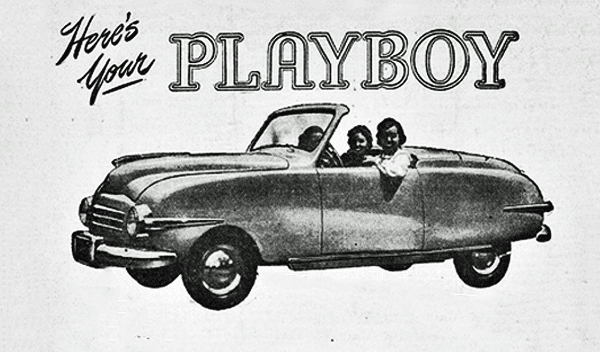
Coming out of World War II, America’s future looked bright. The country’s fighting men were returning home with pockets full of combat pay, and were ready to take wives, buy houses, and also buy cars. Let’s not forget the cars.
Playboy: Forgotten Car Brands
World War II
While big automakers were retooling their factories, switching back to vehicle production after several years of cranking out war materiel, new car companies were popping up, intent on capitalizing on what promised to be boom years.
One such company was Playboy. Founded by a successful Packard dealer name Lou Horwitz, the corporate plan was to build and retail a small, practical car that sold for less than $1000.

Working with Lou were Charlie Thomas, a Pontiac engineer, and Norm Richardson, an accomplished engineer/mechanic. Working with a relatively small investment–most of which came from Horwitz–the trio set out to develop a car incorporating as much off-the-shelf engineering as possible.
Not That Playboy
Note that the Playboy Motor Car Corporation was unrelated to the Playboy, a model built by Jordan (1916-1931), or Playboy, the men’s lifestyle magazine.
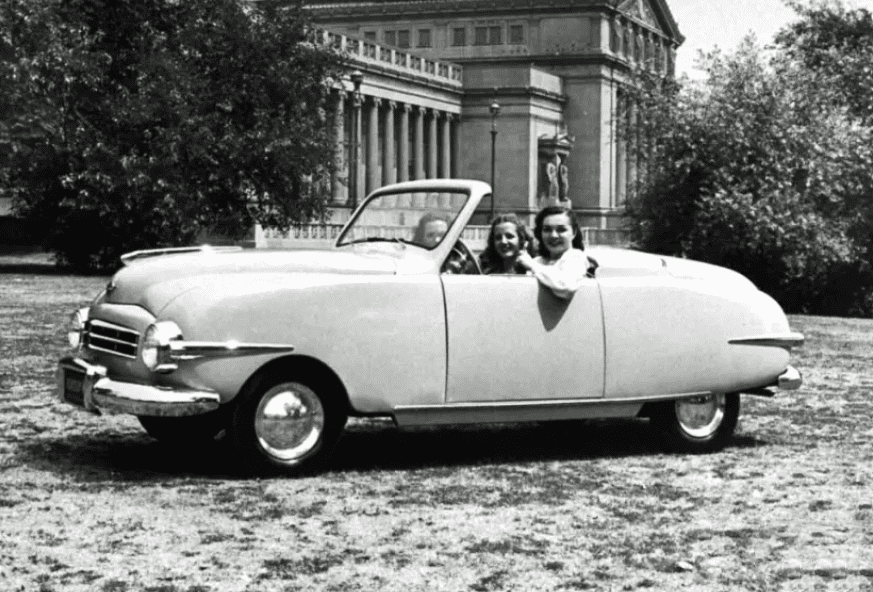
First built was a one-off prototype which differed significantly from the production Playboy in two ways. First, the prototype featured a rear-engine design, which was considered as a way to reduce manufacturing costs. Also different was the prototype’s convertible roof, which was fabric. The production Playboy featuring a manually operated three-piece steel top.
Production
Serial production began in 1948. The production car featured engines from such suppliers as Hercules, Continental, and Willys. In keeping with Playboy’s lean-production plan, the engines were fitted with Ford carburetors and Chevrolet ignitions. Each engine came in at around 2.0-liters, and produced 40 horsepower. Despite the Playboy’s modest powerplants, brand advertising promised a top speed of 75 mph. Credit the cars lean 1900-pound curb weight.
Price
The car featured a single, three-person seating row, front-engine with rear-wheel drive design, and 12-inch wheels are tires, and a $985 price tag.
Having built and sold a number of cars in its Buffalo, New York headquarters, it was time for Playboy to expand into a real factory and ramp-up production. Horwitz and friends figured they needed to $20 million (about $250 million today). This money would come from dealer franchise fees, and a public stock offering.
Money Trouble
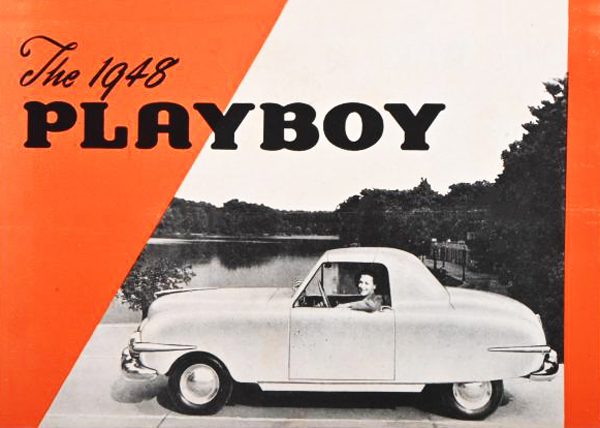
Unfortunately, Playboy’s cash-acquisition program began just as would-be carmaker Tucker ran into trouble, with Tucker management accused of running what was likened to a Ponzi scheme.
And while Playboy management was not charged with fraud or financial malfeasance, would be dealers, spooked by the Tucker situation, backed out of franchise agreements, while interest in Playboy stock collapsed.
Henry J. Kaiser
At one point Henry J. Kaiser, president and majority owner of carmaker Kaiser, offered Horwitz and his partners $330,000 for the company, including the Playboy design and tooling, but the offered was refused. Kaiser would go on to build a small car called the Henry J, a clone of which would be sold by Sears as the Allstate. The small Kaiser was somewhat more substantial than the Playboy, and sold in some volume. You can check out the Henry J here.
Unable to establish a production program, Playboy’s doors were shuttered for good in 1951. In all, one prototype, 97 production convertibles, and one unfinished car were built. Rumors persist that a couple of station wagons were also assembled, though no pictures of the cars seem to exist.
Today
There reportedly 43 surviving Playboys in the hands of collectors today, including the rear-engine prototype.
Listen to the Car Stuff Podcast
Playboy Pictures
Click below for enlarged images

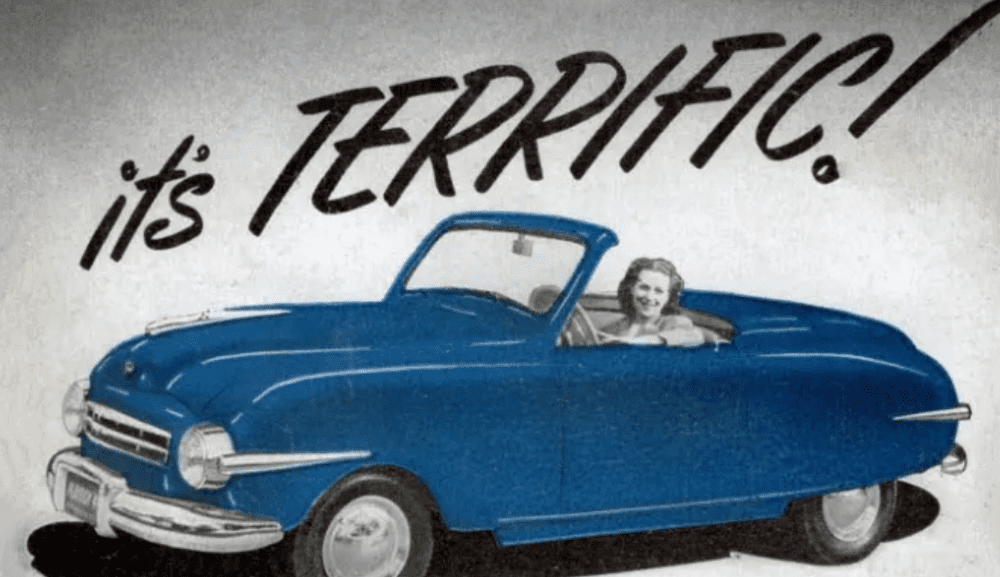
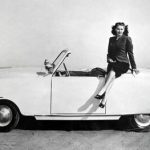
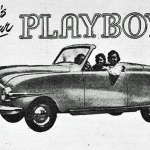
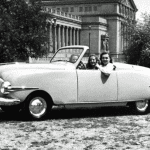
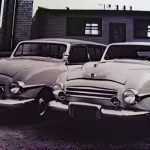
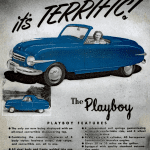
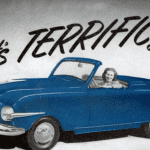
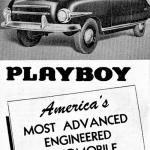

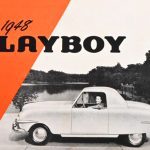

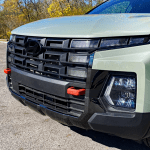
Looking to get on your email listing for a news letter.
Thanks. S.Coster